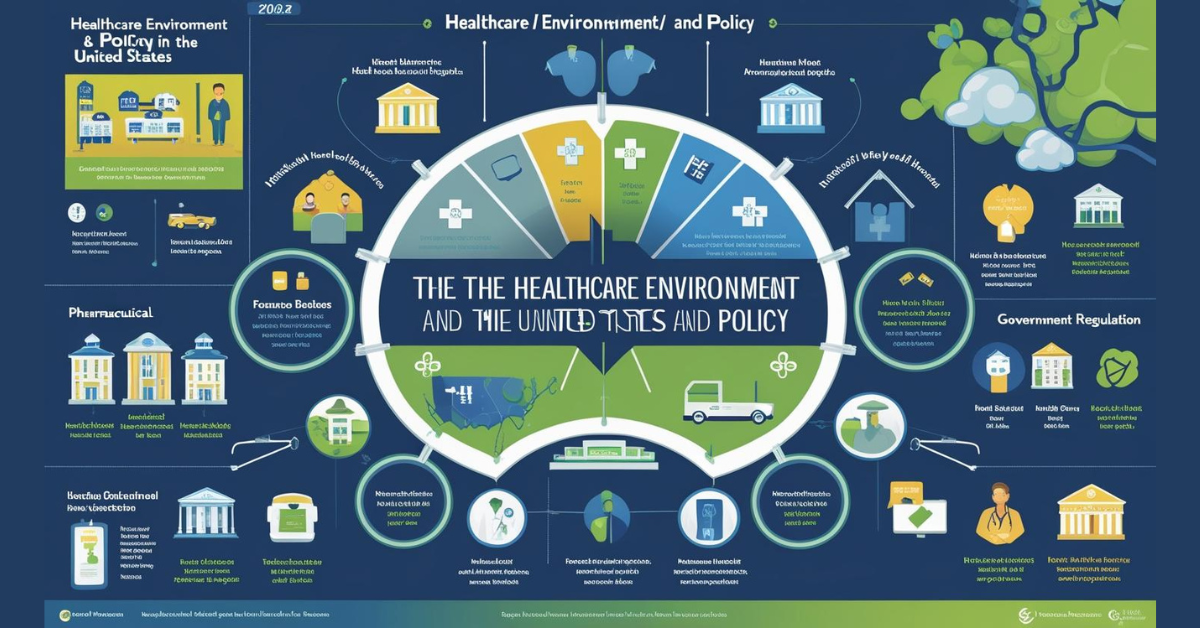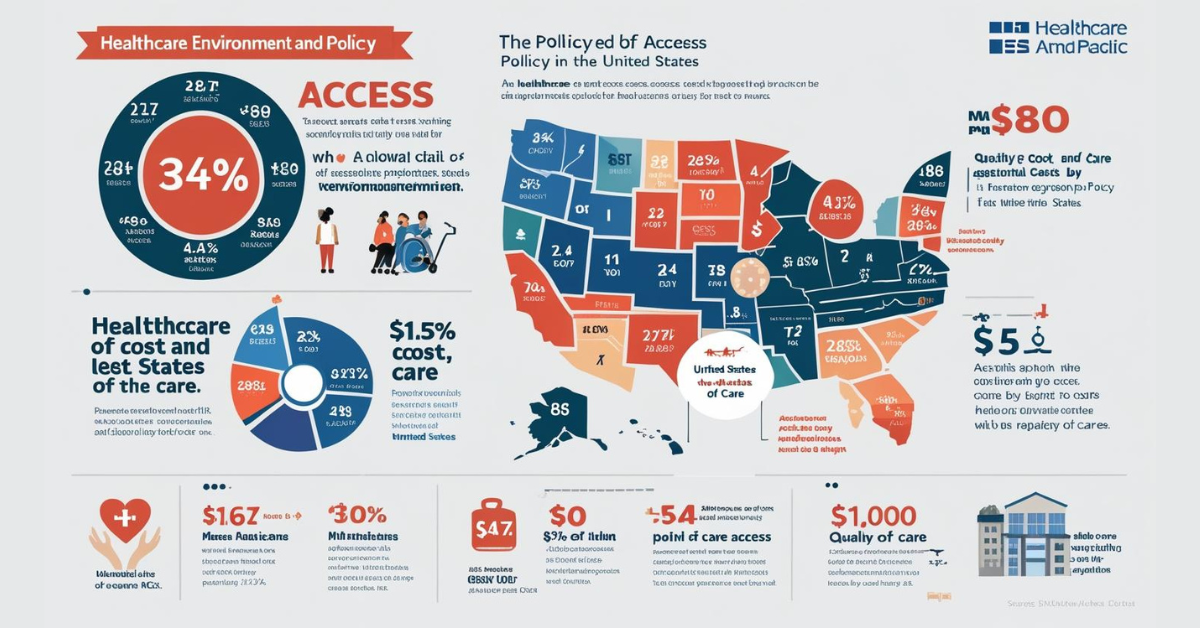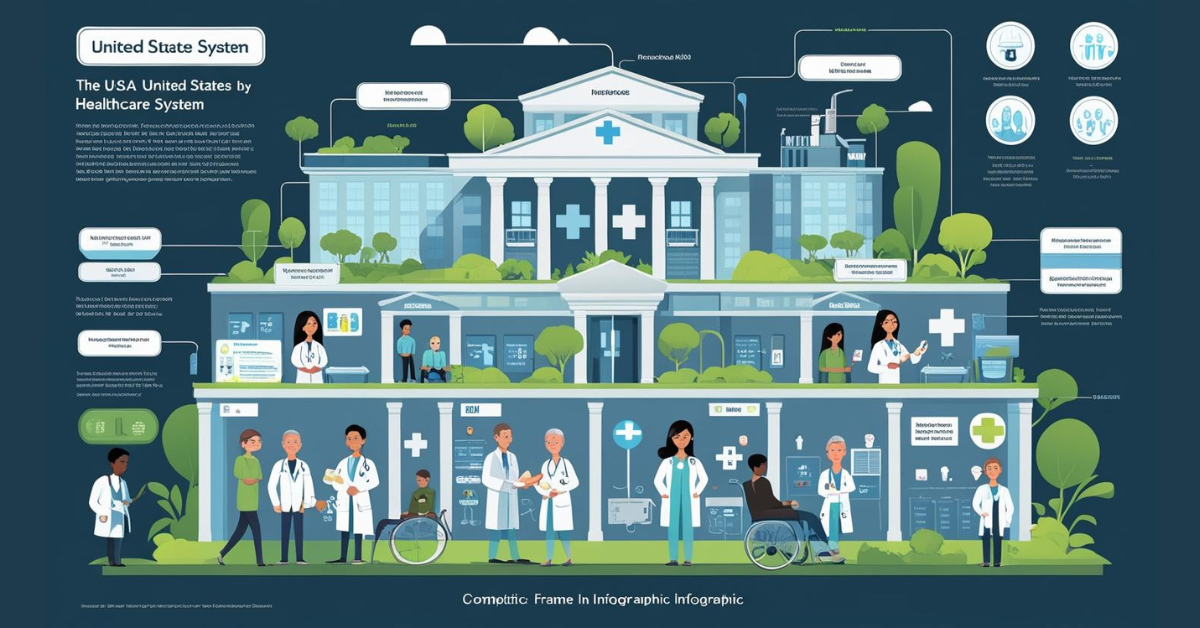The Healthcare Environment and Policy in Unites State. State and local health departments are essential pillars of the American public health infrastructure and are often considered the backbone of the system. They play a critical role in chronic disease screening and vaccine administration.
What Is Healthcare Environment and Policy in Unites State
Many nursing professional organizations are involved in health policy advocacy, and “more than ever before nurses are crucial to building and strengthening the health care systems within which they work” (Bryant, 2012, p. 438). Byrd and colleagues (2012) concluded, “active learning in public policy can increase the knowledge and skills that future nurses need to influence public policy” (p. 433).
The American healthcare system is characterized by a combination of public and private financing and delivery systems, with significant fragmentation and a complex interaction between federal, state, and local policies. Health policy seeks to shape the healthcare landscape by influencing access, quality, and affordability of care.
Health Policy
Health policy is developed at the local, state, national, and international levels. It can be developed by the following: citizens’ actions, local policies, and proceedings; legislation at the state or federal level; or international arrangements and policies of international groups, such as the WHO. The incorporation of walking or biking paths in a locality is an example of implementation of local health policy. State health policies are developed by the local health department or through the legislative body of state government.
The ACA is a legislative action or health policy conducted at the national level. International health policies are often the result of foundations, such as the Clinton Foundation or the Bill and Melinda Gates Foundation, or individual philanthropy. Some organizations are primarily devoted to the business of health policy, such as the Robert Wood Johnson Foundation or the Henry J. Kaiser Family Foundation. The WHO develops many policies associated with international public health.
A call has been made for nurses to be active in the formation of public health pol icy. As Byrd and colleagues found, “the importance of nurses’ involvement in shaping public policy to promote population health is widely documented in nursing and public health” (2012, p. 433). In fact, the AACN established specific requirements addressing health policy through their Essentials documents that guide schools of nursing in developing curricula at all levels: The Essentials of Baccalaureate Education for Professional Nursing Practice (2008), The Essentials of Master’s Education in Nursing (2011), and The Essentials for Doctoral Education for Advanced Nursing Practice (2006).
Nurses at all levels must be involved in health policy to advance health care in the United States. It is critical for all nurses to see health policy “as something they can shape rather than something that happens to them. Nurses should have a voice in health policy decision making” and participate in implementation efforts (IOM, 2011, p. 9).
Further, nurses and nurse leaders and managers have an ethical responsibility to be involved in policy development and implementation by serving on committees within their practice settings. Nurse leaders and managers can contribute to health policy by serving as elected or appointed representatives in health-care activities at the local, state, national, and global levels (ANA, 2015).
Key aspects of the American healthcare system
The term “health policy” refers to the decisions, objectives, and actions that determine the delivery of and access to care. Health policy may include, for example, state legal and safety regulations, or protocols for the provision of care and medications to patients in a specific hospital.
Fragmented system
The American system is not a unified, nationalized system like that of other industrialized countries. It encompasses a mix of public and private payers, providers, and insurers, creating coordination issues and potential inefficiencies.
Public and Private Health Insurance
Medicare and Medicaid are the primary public programs and primarily support seniors, people with disabilities, and low-income individuals. Private health insurance is widespread, with employer-sponsored plans being the most common.
Cost Concerns
Healthcare costs in the U.S. are high compared to other industrialized countries, with significant price disparities and a lack of transparency.
Insurance Gaps
Despite efforts to expand health coverage, some people, especially in certain geographic areas or populations, remain uninsured or underinsured.
Focus: Access, Quality, and Affordability
These are important policy goals, and there is debate about how best to achieve them, including through laws like the Affordable Care Act (ACA).
Key Policies and Their Impact
The Affordable Care Act (ACA)
The ACA sought to expand health insurance coverage through mechanisms such as Medicaid expansion and subsidies for private health insurance. It also introduced reforms to improve access, affordability, and quality of care.
Medicare and Medicaid
These programs provide essential health coverage for specific populations. Medicare supports the elderly and disabled, while Medicaid primarily supports low-income individuals and families.
State and Local Policies
State and local health departments play a critical role in public health by implementing regulations, conducting preventive screenings, and administering vaccines.
Environmental Health Policy
This policy addresses environmental impacts on public health, from air and water quality to hazardous waste disposal.
Federal Regulations
The federal government plays a critical role in setting standards, conducting research, and funding health initiatives.
Challenges and Future Developments
Cost Containment
Finding effective ways to control healthcare costs while maintaining quality and access is a major challenge.
Addressing Health Inequalities
Ensuring equitable access to healthcare and eliminating health inequalities based on socioeconomic status, ethnicity, and geographic location remain a key policy priority.
Climate Change and Health
The impact of climate change on public health is increasingly recognized. The healthcare sector’s contribution to emissions and the need for sustainable practices are receiving increasing attention.
Technological Advances
The integration of new technologies, such as telemedicine and electronic health records, can improve efficiency and access, but also poses challenges related to data protection and security.
Staffing Issues
Addressing healthcare workforce shortages in specific areas and ensuring adequate staffing is essential to maintaining high-quality care.
Conclusion
Nurses at all levels are impacted by the rapidly changing health-care environment, rising costs of care, safety and quality issues, and access to care. Nurses must be aware of the consequences of inadequate access to health care for patients. Nurse leaders and managers need to develop effective communication and relationship building skills to be able to advocate for patients as they attempt to navigate health care systems. All nurses must have a basic understanding of the broader context of health care and health-care policy.
The ACA was intended to assist those uninsured and underinsured, help with controlling costs of health care, expand access to care, expand the Medicaid gap, and improve the safety and quality of care. Population heath is fueled by health policy. Effective nurse leaders and managers will develop competencies in financial management, human resource management, strategic management, and information management and technology. Further, nurse leaders and managers have an ethical responsibility to take an active role in developing and implementing health policy.
Read More:
https://nurseseducator.com/didactic-and-dialectic-teaching-rationale-for-team-based-learning/
https://nurseseducator.com/high-fidelity-simulation-use-in-nursing-education/
First NCLEX Exam Center In Pakistan From Lahore (Mall of Lahore) to the Global Nursing
Categories of Journals: W, X, Y and Z Category Journal In Nursing Education
AI in Healthcare Content Creation: A Double-Edged Sword and Scary
Social Links:
https://www.facebook.com/nurseseducator/
https://www.instagram.com/nurseseducator/
https://www.pinterest.com/NursesEducator/
https://www.linkedin.com/in/nurseseducator/
https://www.researchgate.net/profile/Afza-Lal-Din
https://scholar.google.com/citations?hl=en&user=F0XY9vQAAAAJ


